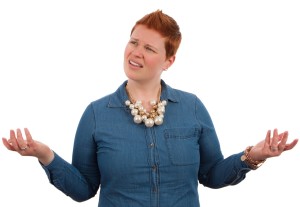Every industry has its lingo, and dentistry is no exception. While you’re in the office, you might hear some unfamiliar phrases tossed about. While dental jargon might sound scary, it’s generally not; these are just phrases that the dentist and staff use to discuss what is being done. When it comes to your teeth, you might hear a variety of acronyms and numbers being used. What does it all mean? Keep reading to find out.
When your dentist or hygienist is examining your teeth, he or she might be making verbal notes to an assistant, whose job it is to write them down or enter them into a computer program. If you have cavities or fillings, you might hear a bunch of numbers and letters. What do they mean?
The numbers refer to each individual tooth. Number 1 is your upper right wisdom tooth. Number 16 is your upper left wisdom tooth. Number 17 is your lower left wisdom tooth, and number 32 is your lower right wisdom tooth. Many people are missing these particular teeth because they’ve been extracted, so if that is the case for you, then you might have teeth #2-15 on your upper jaw and teeth 18-31 on your lower jaw.
The letters refer to the surfaces of the teeth. M is mesial and it means the surface of the tooth closest to the midline of your body. D is distal, and that is the surface farthest from the midline of your body. O is occlusal, or biting surface; B is buccal, or the surface closest to your cheek, and P and L stand for palatal and lingual, the surfaces closer to your palate on the upper jaw and to your tongue on the lower jaw.
When used in combination, your dentist can accurately chart exactly where your fillings or decay are in your mouth. The next time you’re in the office, the dentist will be able to simply glance at your chart and see what needs to be done.
Note that for children, the baby teeth are identified by letter. A through J are on the upper jaw and K through T are on the lower jaw. When kids begin getting their adult teeth, they have a mixed dentition; this means that they will have some lettered (baby) teeth and some numbered (permanent teeth).
If you have questions about what various dental jargon means, don’t be afraid to ask! We’d be happy to explain it to you.













